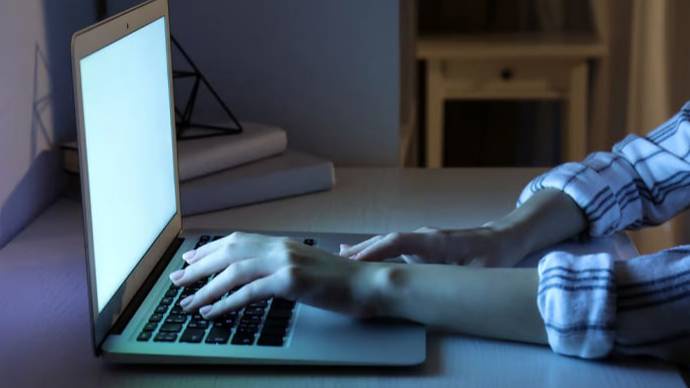The blue light coming from them disrupts circadian rhythms, which is especially noticeable if a person is working with devices at night, when he should be sleeping. A violation of the waking and rest regime, in turn, provokes disruptions in metabolism, glucose processing and insulin production, writes Techcult.
Scientists used data from the British Biobank, they collected information on 84,790 participants who wore light sensors from 2013 to 2016. After analyzing data on 13 million hours in artificial lighting conditions, the researchers compared them with information about the appearance of diabetes in participants. And we saw a clear trend - for those who often stay in the dark with a smartphone or tablet, the risk of getting type 2 diabetes increases by 67%.
Disruption of circadian rhythms reduces insulin secretion by the pancreas. If this is permanent, then a persistent increase in the level of postprandial glucose in the body develops. Adipocytes increase and become inflamed, and this leads to the development of insulin resistance and the secretion of inflammatory markers that inhibit the pancreas. Together, all this contributes to the initiation of the development of type 2 diabetes.
The conclusion is simple - to prevent the disease, it is necessary to exclude contact with bright blue light sources between midnight and 6 a.m. This is not a panacea; other factors also affect the development of diabetes. But this method is the simplest and cheapest to implement. The human body needs night in order to rest peacefully in the dark.













